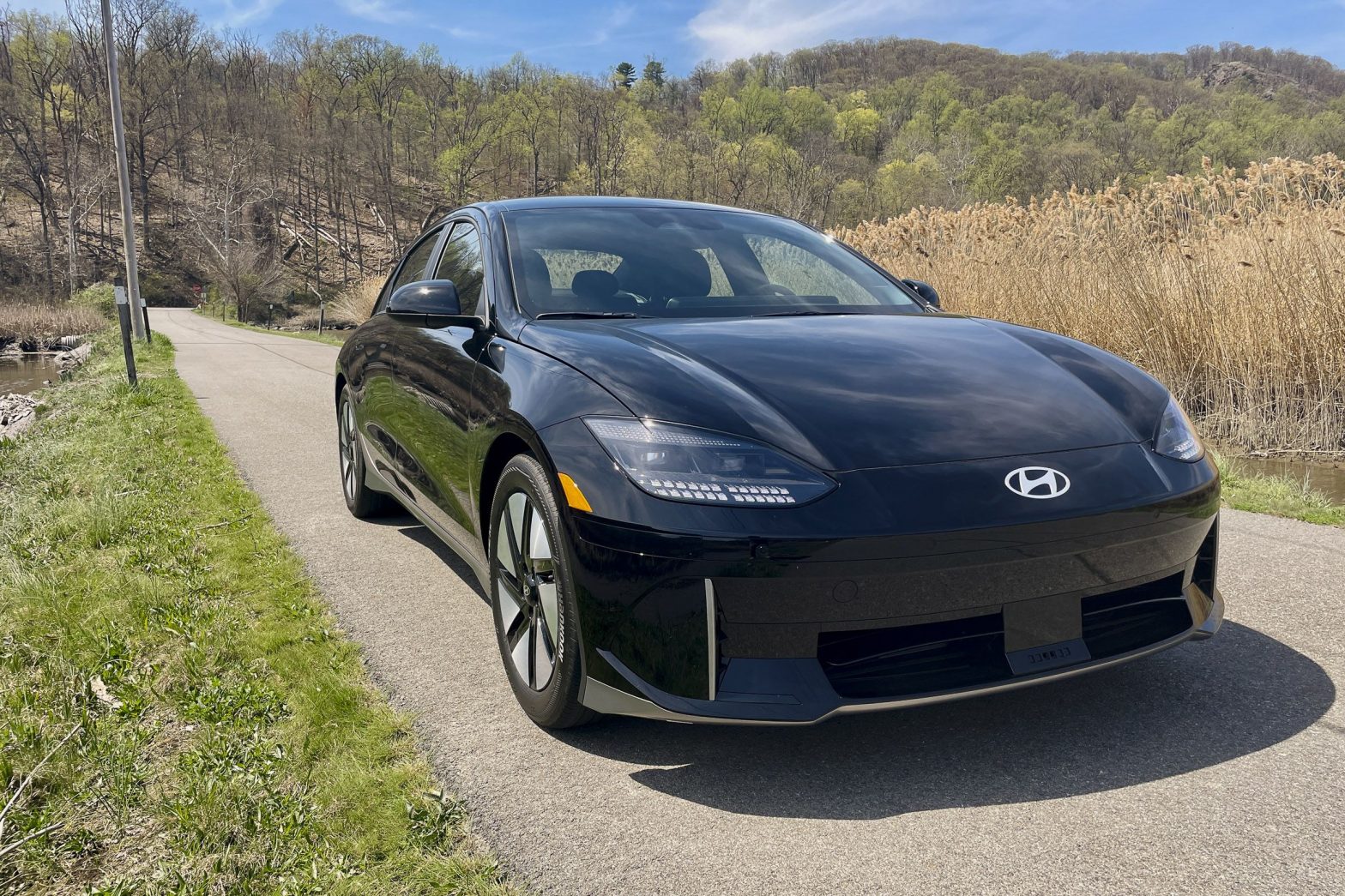/
2024 Hyundai Kona owners will be able to pay for parking at 6,000 locations directly from their infotainment screens.
Share this story
:format(webp)/cdn.vox-cdn.com/uploads/chorus_asset/file/24625830/236637_Hyundai_Ioniq_6_PGeorge_0013.jpg)
Hyundai introduced a new feature called “Hyundai Pay” that lets owners of the 2024 Hyundai Kona pay for parking at several thousand locations directly from their car’s infotainment screen. It’s the latest example of the auto industry’s multiyear effort to make in-car payments a real thing.
Users input their preferred credit card into the app on their infotainment screens, which then can be used to pay for parking at participating Parkopedia locations. The vehicle then uses its cellular connection to communicate with Parkopedia’s software to complete the transaction.
Personal details are kept secure using tokenization, which replaces card account details with a unique digital identifier, or token, that Hyundai says keeps data safe. The system uses Hyundai’s Blue Link Plus connected car service that is also used to connect people’s cars to smart devices, like smartwatches or smart speakers.
:format(webp)/cdn.vox-cdn.com/uploads/chorus_asset/file/24901135/Hyundai_Pay_without_logo___Image_1.png)
The feature is launching with the 2024 Hyundai Kona, but nine other models are expected to get the feature through over-the-air software updates or model year changeovers. The automaker’s electric vehicles will get in-car payment features unique to their lineup.
Hyundai sounds bullish about the possibilities of in-car payments, calling future use cases “exciting.” Other automakers may disagree. General Motors, for example, launched its own in-car shopping app called Marketplace in the hopes that customers would use it to buy gas, coffee, parking, or even make restaurant reservations. But GM ended up shuttering it, blaming a third-party software supplier.
That decision represents the downside of the connected car future that automakers typically avoid talking about. While they like to tout the benefits of over-the-air software updates and safety benefits like vehicle-to-everything communication, they don’t address how quickly these features can be taken away if they aren’t growing customers or justifying their costs through revenue.
